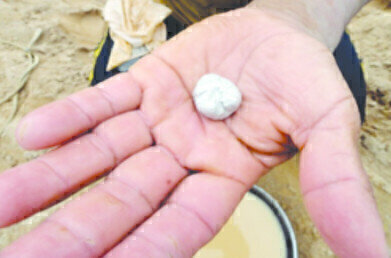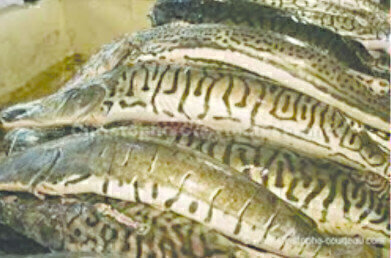Environmental Laboratory
Recent research of mercury pollution in fish and environmental samples
Sep 02 2019
Mercury is a ubiquitous heavy metal that biomagnifies at successively higher levels in the aquatic food chain. It can have adverse effects on the fish population itself as well as on both humans and fish-eating wildlife.
Mercury is a powerful neurotoxin and a persistent environmental contaminant that accumulates in the tissues of fish in regions where artisanal scale gold mining exists. Consuming contaminated fish is one of the primary Hg exposure pathways. Studies conducted by the Carnegie Institution for Science’s Department of Global Ecology found that many of the consumed fish species sold in the markets of Madre de Dios, an Amazonian region in southern Peru, had levels of mercury well above international reference limits. This indicated a serious public health and environmental problem.
Several methods exist for the determination of mercury in fish and biological tissues including cold vapor atomic adsorption (CVAA) and inductively coupled plasma-mass spectrometry (ICP-MS). Both require a preliminary sample pretreatment step of acid digestion.
On the other hand, the DMA-80 evo Direct Mercury Analyser from Milestone can measure total mercury in both solid and liquid matrices without any sample preparation, providing much faster analysis than conventional techniques.
Digital Edition
IET 34.2 March 2024
April 2024
Gas Detection - Biogas batch fermentation system for laboratory use with automatic gas analysis in real time Water/Wastewater - Upcycling sensors for sustainable nature management - Prist...
View all digital editions
Events
Apr 22 2024 Hannover, Germany
Apr 22 2024 Marrakech, Morroco
Apr 23 2024 Kuala Lumpur, Malaysia
Apr 23 2024 Kintex, South Korea
Apr 23 2024 Edmonton, AB, Canada




















